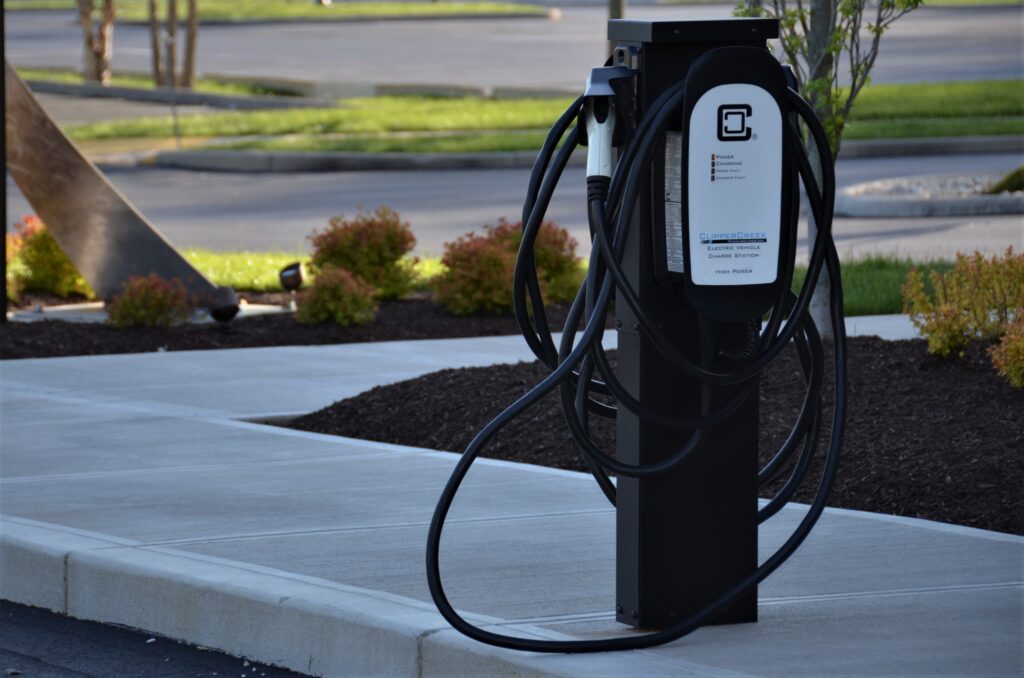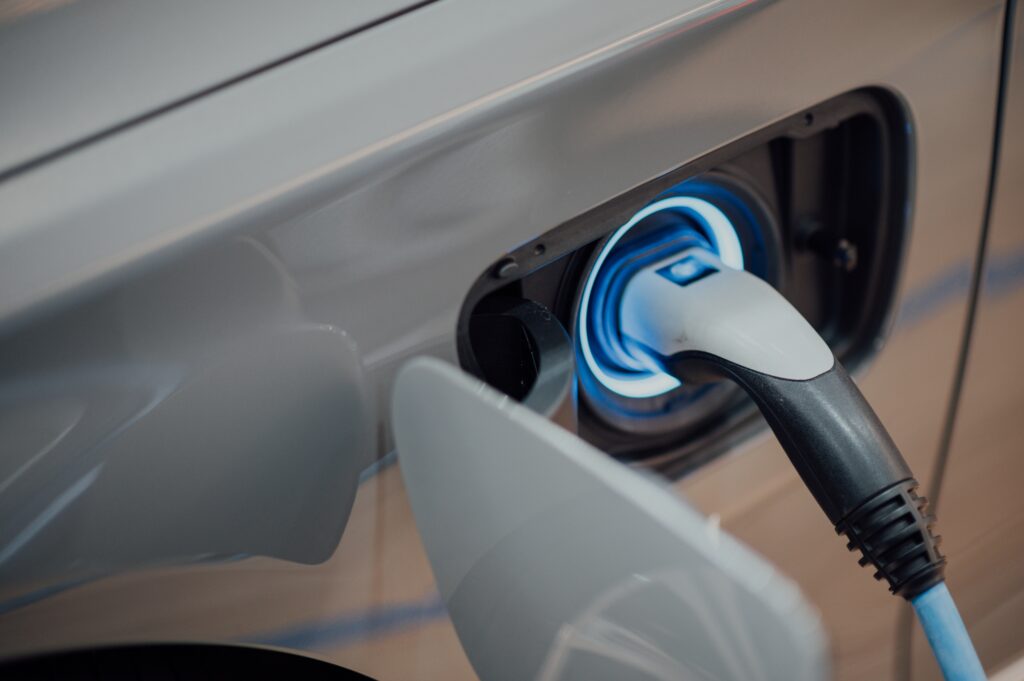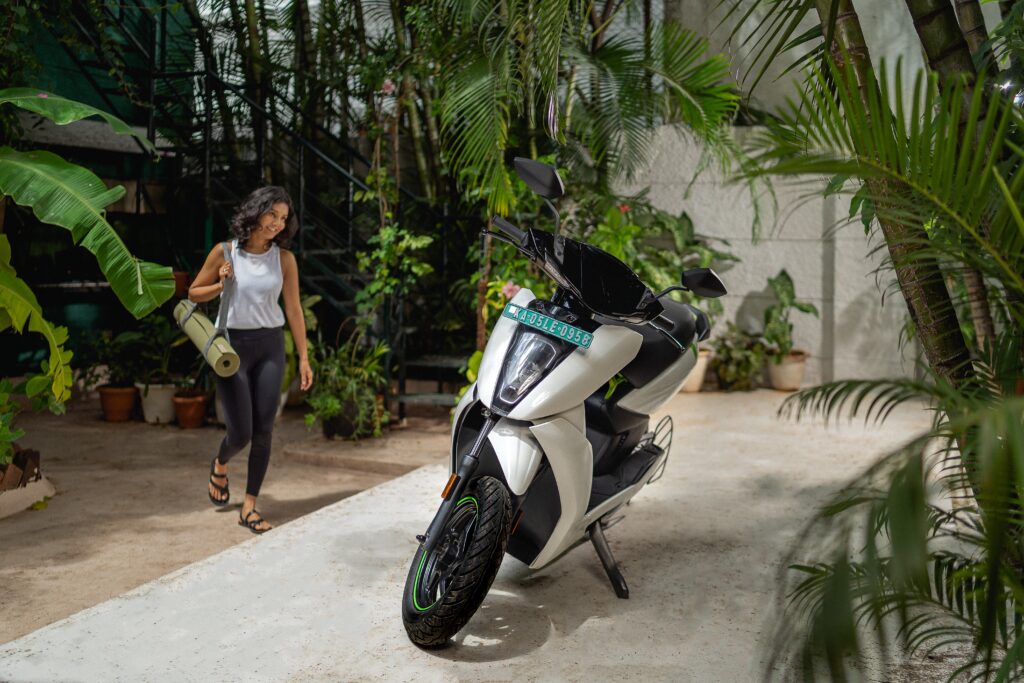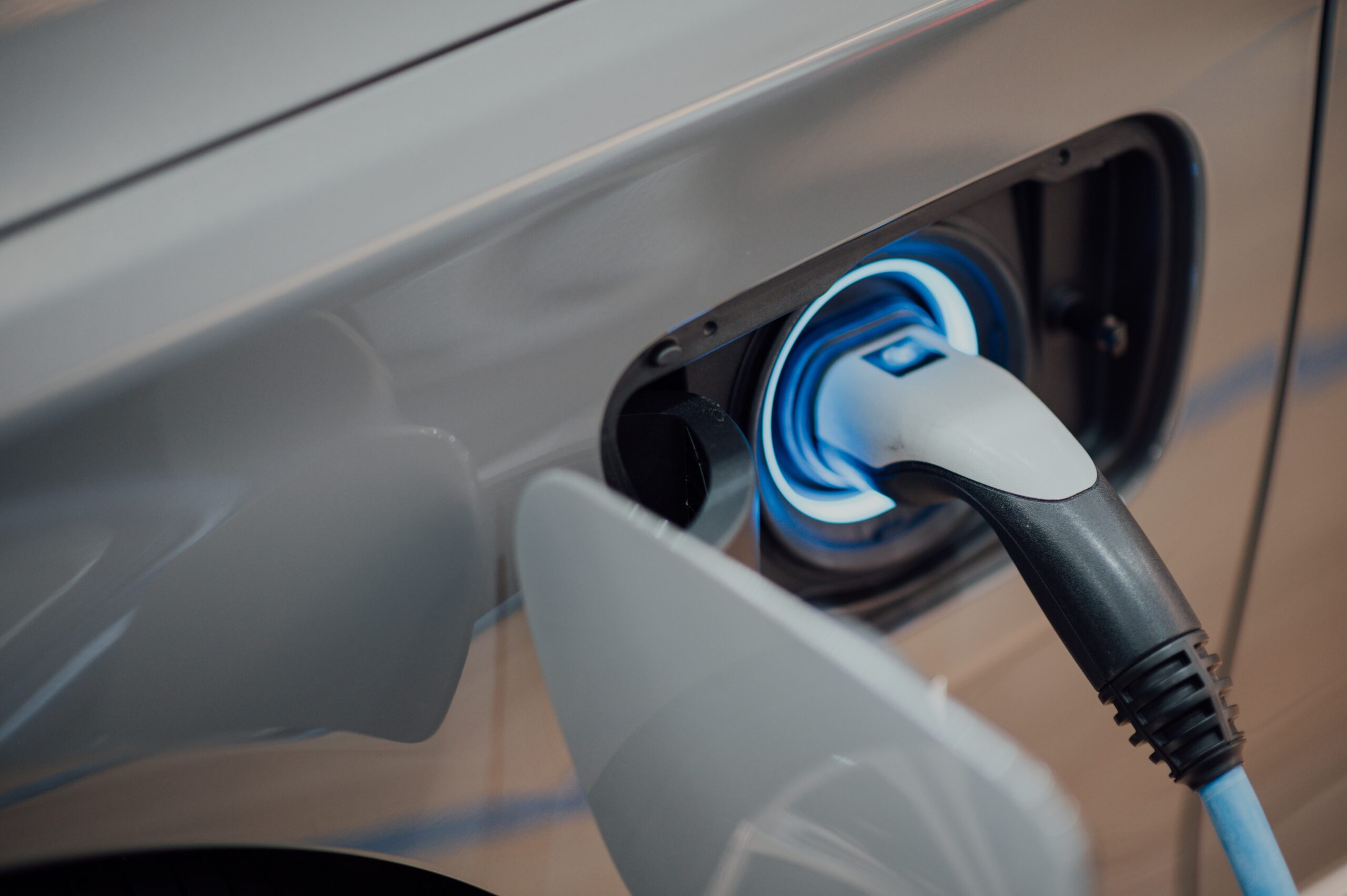Is there a knot in your gut about when exactly you should recharge your electric scooter? You’re not alone. Numerous electric scooter owners often find themselves in a quandary due to this issue. Unwind that knot as this article sheds light on the ideal periods to plug in your scooter for an efficient charge, and how you can maintain your scooter’s battery health in the process. No more guesswork – get the most out of your electric ride by optimizing its charging routine.
Understanding Electric Scooter Battery Life
Riding an electric scooter can be a fun and efficient mode of transportation, but have you ever taken a moment to think about how the electric scooter battery life works? Let’s delve into that.
How batteries work
At the heart of every electric scooter, you’ll find its battery, which is basically an energy storage device. It contains chemical energy and uses a chemical reaction to convert this energy into electricity, which then powers your scooter. The power of a battery is measured in volts, while its capacity is measured in Ampere hours (Ah) or Watt-hours (Wh).
Determining Battery Capacity
Battery capacity – that’s a term you’re likely to come across rather often. Simply put, it tells you how much electricity a battery can store. Higher capacities generally mean longer ranges and less frequent charging. You can get an idea about your electric scooter’s battery capacity by checking the specifications provided by the manufacturer.
Life expectancy of electric scooter batteries
The life of an electric scooter battery is mainly measured in charging cycles. A charge cycle is a period of use from full charge to full discharge and the subsequent recharge back to full. Typically, a good quality electric scooter battery should last for anywhere between 300 to 500 full charge cycles.
Misconceptions About Charging Electric Scooters
Let’s talk about some of the misconceptions that have circulated around charging electric scooters.
Does frequent charging damage the battery?
Contrary to popular belief, frequent charging does not necessarily damage the battery. In fact, it’s commonly suggested to charge the battery after each use. However, it’s vital not to leave the battery at a low charge level for extended periods as it can damage the battery health.
Full discharge for better battery life?
This was true for older nickel-based batteries. Completely draining them and then charging up was called a ‘deep-cycle’. But for the lithium-ion batteries utilized in most modern electric scooters, partial discharge and recharge is best for battery longevity.
Leaving the scooter plugged in overnight?
While it’s usually safe to leave your electric scooter charging overnight, it’s best avoided. Overcharging might occur if the charger isn’t intelligent enough to stop charging when the battery is full, which can lead to battery damage and even safety risks.

Ideal Time to Charge Electric Scooter
Determining when to charge your electric scooter can help optimize battery life.
Charging overnight
Although it seems convenient, charging electric scooters overnight is not recommended. Batteries should ideally be unplugged once they are fully charged.
Charging after each trip
Charging your scooter after each trip helps maintain a consistent level of charge, which is healthy for the battery. It avoids the risk of fully draining your battery, which can damage it over time.
Timing the charge for optimal battery life
To better maintain your battery life, charge your scooter when it hits a low of around 20 % remaining. Consistent top-ups are more beneficial for your scooter’s battery health than letting it discharge and recharge fully.
Factors Affecting Battery Charging: Time of Day
Wondering if when you charge your electric scooter impacts the battery life? Let’s find out.
Effect of temperatures
Batteries are sensitive to temperature. Charging your battery in extreme cold or hot environments can reduce its effectiveness and lifespan. Therefore, it’s recommended to charge your scooter in a cool, dry place away from direct sunlight or freezing temperatures.
Peak vs off-peak hours
Electricity costs are often cheaper during off-peak hours, usually during the night. Charging during these times can be more cost-effective. But remember, our advice about overnight charging still stands!
Charging in the morning vs evening
There’s no definitive answer here; it all depends on your schedule. However, charging in the morning allows you to keep an eye on the charging process and disconnect the charger once the battery is full.

Factors Affecting Battery Charging: Charging Frequency
How often should you charge your electric scooter? Let’s discuss it.
Benefits of regular charging
Regularly charging your scooter can extend the battery lifespan. It keeps the lithium ions in the battery active and maintains a balanced state of charge.
How frequency affects battery health
Overcharging can lead to a decrease in battery health over time. It’s best to avoid charging your battery to its full capacity constantly. Instead, aim for short and frequent charges for better battery health.
Monitoring Battery Health for Optimal Charging
To keep your scooter performing at its best, it’s important to keep an eye on your battery’s health.
Signs of battery degradation
A decrease in range per charge or experiencing reduced top speed are signs of a degrading battery. If you notice these, it may be time to replace your battery.
Using onboard monitoring systems
Many electric scooters come with dashboards displaying real-time battery percentage. These monitoring systems help maintain efficient battery usage and monitor battery health.
Regular battery health check-ups
Just like your car, your electric scooter also benefits from a regular check-up. Professional services will check your battery’s health and performance, helping maintain its longevity and performance.

Maintaining Electric Scooter Battery for Longevity
Here are some tips on how to keep your battery healthy and extend its lifespan.
Basics of battery maintenance
Avoid exposing your scooter to extreme temperatures. Always store it in a cool, dry place. Regularly clean and inspect the battery, and perform regular checks for any loose connections or corrosion.
Effects of neglecting battery health
Neglecting battery maintenance can result in reduced performance, decreased lifespan, and could even lead to safety risks. It can also potentially void your warranty if the damage is caused by negligence.
Charging Techniques for Extended Battery Life
There are specific charging techniques that can extend your scooter’s battery life.
Partial charging methods
Partial charging, that is, charging your battery to around 80-90% instead of 100%, minimizes stress on the battery and extends its lifespan.
Slow charging techniques
While fast charging may seem convenient, it can generate more heat and stress on the battery, reducing its efficiency over time. A slow charging method will be gentler on the battery and could enhance its longevity.
Alienating fast charging options
While fast charging options can be tempting, it’s best to avoid these for regular use, as they can reduce the life expectancy of your battery due to increased heat and pressure.
Safety Aspects of Charging Electric Scooters
Charging your electric scooter includes certain safety aspects that shouldn’t be overlooked.
Avoiding overcharging
Overcharging your electric scooter can lead to battery damage and can be a potential fire hazard. It’s crucial to use a smart charger that automatically stops charging once your battery is full.
The risk of cheap chargers
Cheap and knock-off chargers can be dangerous and lead to overcharging, poor performance, and even battery explosion. Always use the charger certified by your electric scooter’s manufacturer.
Handling damaged batteries
If you notice your battery is damaged, stop using it immediately. A damaged battery can be hazardous. It’s always safer to get it replaced with an authorized battery.
Choosing the Right Charger for Your Electric Scooter
Not all chargers are made equally. Choosing the right one is crucial for your battery’s health and longevity.
Understanding charger specs
When choosing a charger, check its specifications. The output voltage should match your battery, and the output current should be as directed by the battery manufacturer.
Picking the appropriate charger for your battery type
Ensure that the charger you pick is compatible with your specific battery type. An incompatible charger can damage the battery and potentially risk your safety.
Avoiding counterfeit chargers
Counterfeit chargers may look appealing due to their low costs but may lack safety features to prevent overcharging. Always invest in a genuine charger from a reputable brand or your scooter’s manufacturer.
In a nutshell, familiarizing yourself with how your electric scooter battery works, how to charge it, and how to maintain it can significantly impact its lifespan and performance. If you follow these guidance points, it wouldn’t be surprising to see your electric scooter battery last longer than expected!




